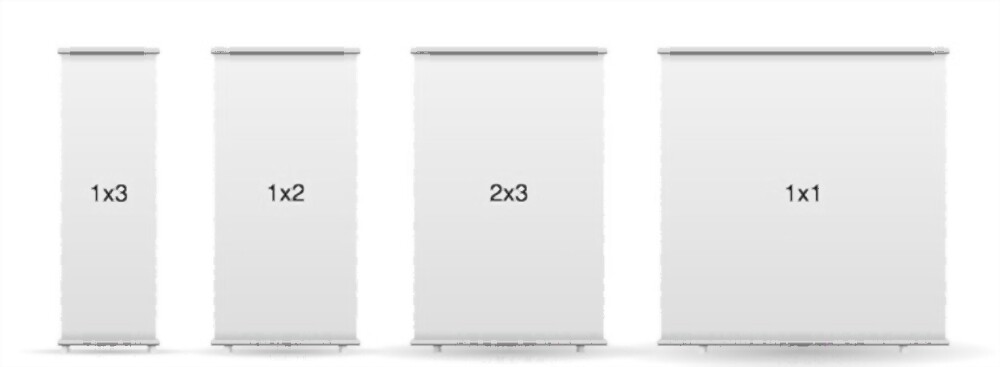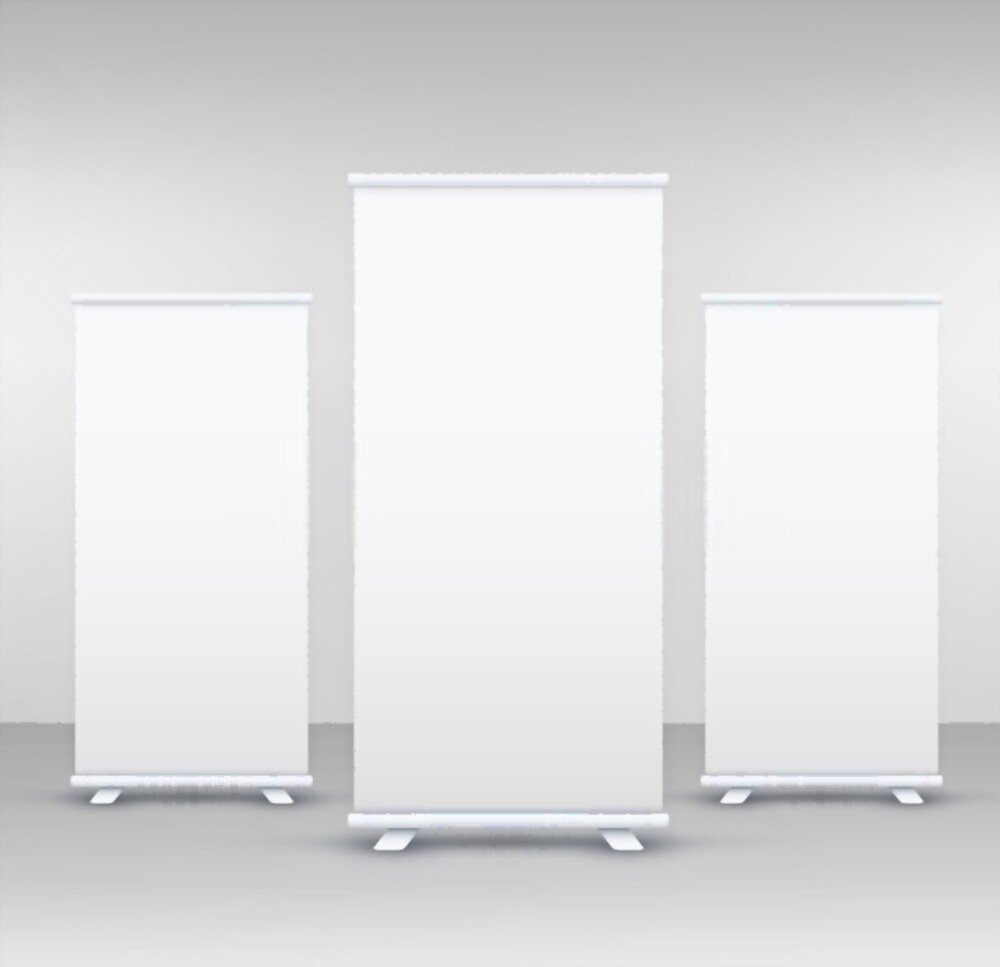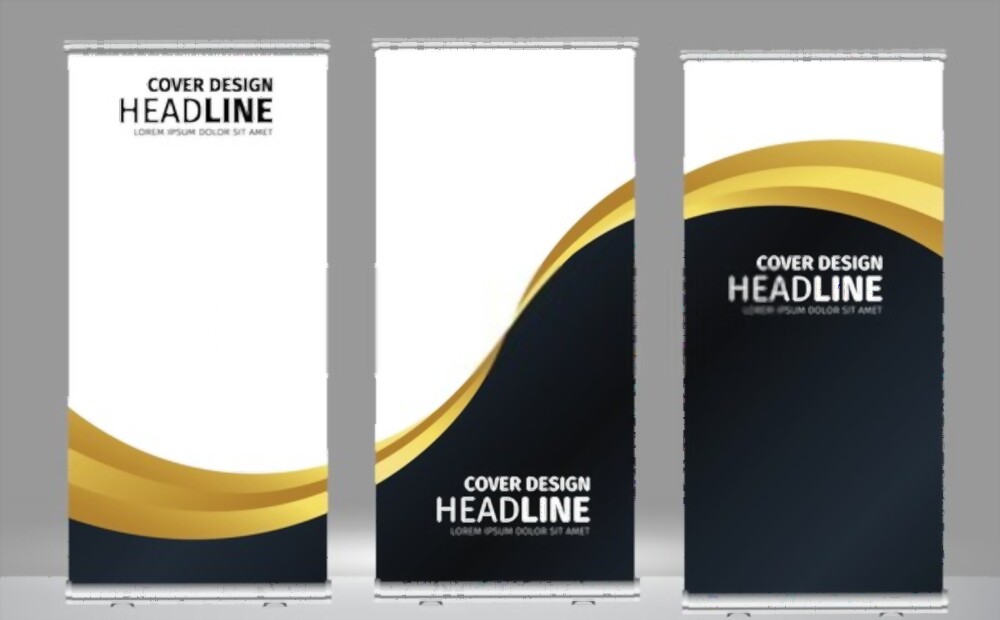Standees are three-dimensional, freestanding displays that are used for advertising and marketing purposes. Standee sizes are usually made of cardboard or foam board and feature graphics, text, or images that are intended to grab the attention of passersby and potential customers.
In this post, I will be going to discuss standee sizes and the benefits of different standee sizes. Standees come in various sizes depending on the purpose and location of their display. The most common sizes range from tabletop or counter-sized displays to larger-than-life floor-standing displays. Tabletop standees are typically around 12-18 inches in height while floor-standing standees can range from 3 to 6 feet tall or more.
Standard Sizes of Standees
Standees are available in a variety of standard sizes, ranging from small to extra-large. Small standees are typically around 12-18 inches in height and are ideal for tabletop or counter displays. Medium standees range from 2 to 3 feet in height and are suitable for floor displays in smaller spaces. Large standees can be up to 6 feet tall and are ideal for larger areas such as movie theaters or shopping malls. Extra-large standees are even bigger, often exceeding 8 feet in height, and are used for high-impact displays in large venues.

In addition to these standard sizes, standees can also be custom-made to fit specific requirements. Mini standees, for example, are tiny versions of standard standees and are ideal for smaller areas or as giveaways. Giant standees, on the other hand, can be over 10 feet tall and are used for larger-than-life displays in venues such as sports arenas or outdoor events.
Benefits of Different Standee Sizes
Choosing the right standee size can provide several benefits to your marketing or advertising campaign. Here are some advantages of different standee sizes:

Small standees:
Small standees are easy to display and move, making them ideal for countertops and shelves. They are also cost-effective for mass production, making them a popular choice for small businesses.
Medium standees:
Medium standees are eye-catching and attention-grabbing, suitable for small and medium-sized spaces. They offer adequate space for graphics and text, allowing businesses to convey their message effectively.
Large standees:
Large standees are perfect for large venues and events, providing maximum exposure and visibility. They are also ideal for interactive and engaging displays, allowing businesses to create an immersive experience for their customers.
Extra-large standees:
Extra-large standees create a huge impact and draw attention to your brand or product. They are great for product launches and premieres and allow for creative and innovative designs to capture the attention of your audience.
Related: What Are The Tracing Paper Sizes?
Factors to Consider in Choosing Standee Sizes
Choosing the right size for a standee requires considering several factors, including:
Location and space:
The space available for the display should be considered when choosing a standee size. A standee that is too big for the available space can be overwhelming, while a standee that is too small may not be noticed.
Indoor vs. outdoor:
Standees designed for outdoor use need to be larger to be visible from a distance, while indoor standees can be smaller because they are closer to the audience.
Display area size:
The size of the display area where the standee will be placed should also be taken into account. A larger display area can accommodate a bigger standee, while a smaller area requires a smaller standee.
Purpose and objective:
The purpose of the standee, whether it is promotional or informational, and the objective of the campaign will also influence the size of the standee.
Target audience:
The target audience and their viewing distance should be considered when choosing the standee size. A standee that is too small may not be noticed by the target audience, while a standee that is too big can be overwhelming.
Design and content:
The layout, text size, and image quality of the standee should also be considered when determining the size. A standee with a lot of text or complex graphics may require a larger size to be legible and impactful.
Materials Used for Standee Production
Standees can be made from a variety of materials depending on the intended use and budget. Some common materials used for standee production include:

Cardboard:
Cardboard is a lightweight and cost-effective material that is often used for temporary or short-term displays. It can be easily printed on and is easy to dispose of after use.
Foam board:
Foam board is a lightweight and durable material that is ideal for indoor displays. It is available in different thicknesses and can be easily printed on, making it suitable for high-quality graphics.
PVC board:
PVC board is a more durable and long-lasting material than cardboard or foam board. It is resistant to moisture and can be used for both indoor and outdoor displays.
Corrugated plastic:
Corrugated plastic is a lightweight and durable material that is ideal for outdoor displays. It is weather-resistant and can withstand harsh weather conditions.
Wood:
Wood is a sturdy and long-lasting material that is often used for permanent displays or custom standees. It can be painted or stained to match any design or theme.
Metal:
Metal standees are durable and long lasting, making them suitable for high-traffic areas or outdoor displays. They can be made from materials such as aluminum or steel and can be powder-coated to resist rust and corrosion.
Cost of Standee Production and Printing
The cost of standee production and printing can vary depending on several factors. Some factors that affect the cost include the size, material, design complexity, and quantity of standees ordered. Here are some cost-related considerations for standees:
Cost comparison of different sizes and materials:
The cost of standees varies based on the size and material used. Generally, smaller standees made from materials like cardboard and foam board are less expensive than larger standees made from more durable materials like metal or PVC board.
Cost-saving tips:
To save on standee production costs, consider ordering in bulk, choosing simpler designs, and opting for less expensive materials. Also, consider using a local printing company to avoid shipping costs.
Other factors that can impact the cost:
Other factors that can impact the cost of standees include the complexity of the design, the need for custom graphics or logos, and the type of printing process used.
FAQs
What size is a 6 * 3 standee in inches?
A 6 x 3 standee is 72 inches wide and 36 inches tall.
Can I request a custom standee size?
Yes, you can request a custom standee size. Many printing companies offer custom sizes to accommodate unique display needs or preferences. However, custom sizes may come with additional costs or require a minimum order quantity. It’s best to consult with the printing company to determine the feasibility and cost of a custom standee size.
What is the size of table standee A3?
The size of a table standee A3 is typically 11.7 inches by 16.5 inches or 297 millimeters by 420 millimeters. This size is commonly used for tabletop displays and is slightly larger than the standard letter size of 8.5 inches by 11 inches.
Can I reuse a standee?
In most cases, standees are intended for one-time use and are not designed to be reused. However, if a standee is made from a durable material like PVC or metal and is well-maintained, it may be possible to reuse it for future events or displays. It’s important to note that reusing a standee may require updates to the graphics or text to reflect current branding or messaging.